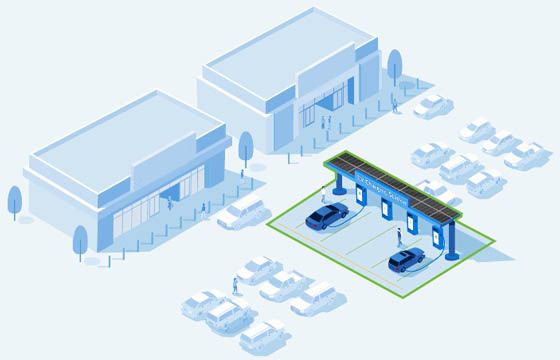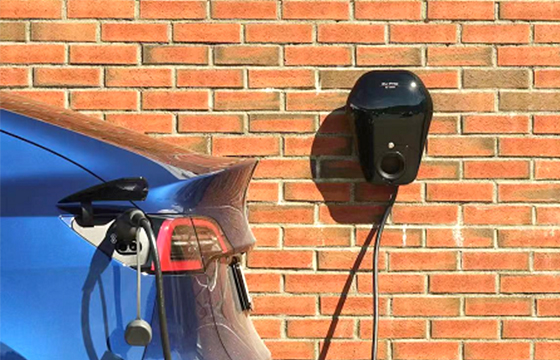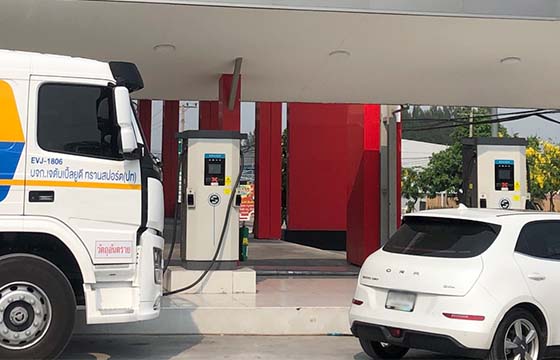Time:
Home charging remains a top priority for EV drivers. However, as more people switch to electric vehicles, the demand for charging options outside of home and work is on the rise.
In response, governments at the local, state, and federal levels are working to expand charging infrastructure along roadways to alleviate range anxiety. This development also represents a significant opportunity for businesses and developers to capitalize on providing EV charging as an amenity, attracting new customers, and boosting revenue streams.
As we look ahead to 2023, here are five key locations where commercial EV charging stations should be installed:
Supermarkets are becoming a popular location for EV charging in the US, according to a recent survey. The survey found that grocery stores and supermarkets ranked fourth among US respondents for public charging locations, after gas stations, highways, and parking garages. This is due to their popularity as a regular destination for most people.
Several US supermarket chains, including Kroger and Whole Foods, have already started to install EV chargers in their parking lots to cater to the growing demand. Customers can conveniently charge their electric vehicles while they do their weekly shopping.

The hospitality industry, including hotels and restaurants, is recognizing the immense potential of the growing EV industry. EV charging has become an essential service for hotels, as they provide a reliable place to charge their vehicles during vacation. Leading hotel chains such as Marriott and Hilton have already implemented EV charging programs, and more hospitality venues are expected to follow suit. As the adoption of EVs continues to grow, offering EV charging services will become an increasingly important way for hotels and restaurants to attract eco-conscious guests.
A recent survey conducted by BCG highlights the urgent need for home-based EV charging infrastructure in the U.S. However, with not all EV drivers owning their own homes, it becomes a challenge to install home charging stations.
This presents an opportunity for rental properties such as apartments, duplexes, and other multi-unit dwellings to offer charging solutions to attract tenants and generate additional revenue. Rental properties can get ahead of the curve by exploring and offering ready-charging solutions.
Workplaces are increasingly becoming an important location for commercial charging stations, as more and more electric vehicle (EV) drivers choose to charge their cars while at work. This trend is driven by a number of factors, including the convenience of being able to charge during the day, the cost savings associated with using workplace charging stations, and the growing popularity of EVs in general. As such, many businesses are now investing in charging infrastructure to attract and retain employees who drive electric vehicles, and to demonstrate their commitment to sustainability and environmental responsibility.

With the increasing demand for electric charging infrastructure, it is essential to make charging stations easily accessible and convenient for drivers. By providing charging stations at rest areas and gas stations, we can ensure that EV drivers have access to charging options while they take a break. This will not only help alleviate range anxiety but also encourage more people to adopt electric vehicles as their primary mode of transportation. This step will go a long way in promoting the growth of the EV industry and reducing our reliance on fossil fuels.

Overall, the expansion of EV charging infrastructure represents a significant opportunity for businesses and developers to tap into the growing demand for convenient and accessible charging options. By strategically installing commercial charging stations in key locations, businesses can attract new customers and create an additional revenue stream.
Submit Request